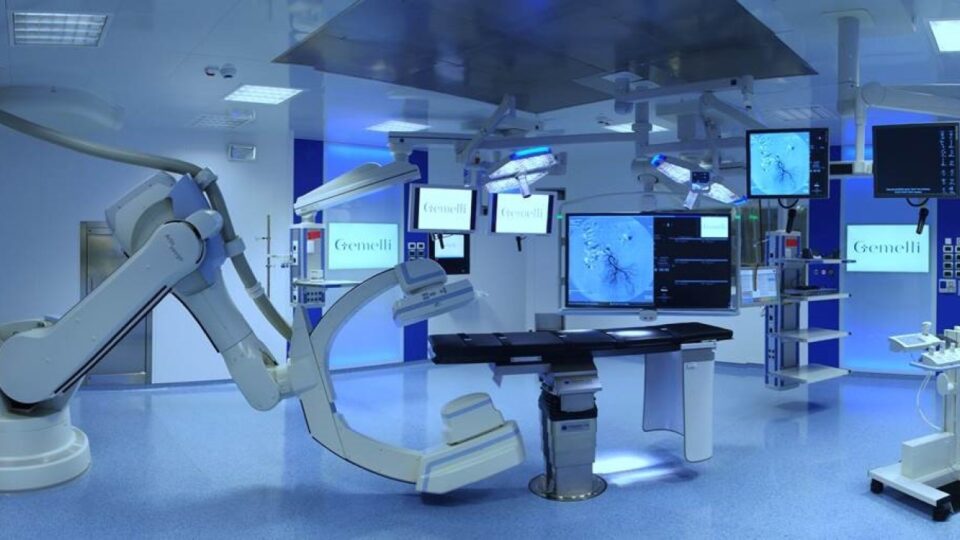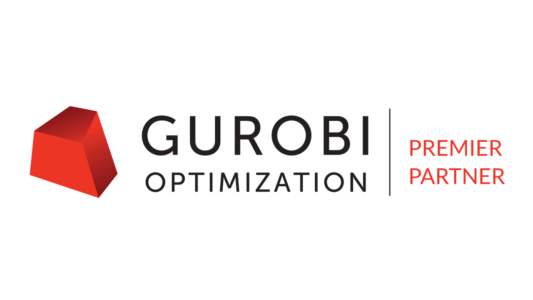
It is well known that Healthcare is rapidly benefiting from solutions in the field of AI and ML that allow to help detect tumours, manage patient histories, accompany the patient through chat-bots or assist with diagnoses.
Prescriptive analytics also offers solutions to support decision making, by either optimizing the use of available resources, or what-if analysis based on the simulation of its systems and processes.
This post summarizes some of the use cases previously mentioned in this blog.
OR Optimization

Operating rooms are the main source of income for hospitals. In addition, the average time on the waiting list for surgical interventions is one of the key quality indicators of a health system.
Currently, the planning of surgical interventions is carried out through a similar process in all hospitals. It is based on an initial arrangement of operating rooms for each service on which, after receiving information on the availability of operating rooms, interventions are planned individually. Once the plans for each service have been made, they are reviewed by a central medical committee that detects the incompatibilities generated in the union of all the programming. These incompatibilities can be due to multiple reasons: lack of staff, overlapping material needs, etc.
The key to improving this process lies in the fact that this planning does not address other issues related to productivity such as coordination with cleaning teams or orderlies, which causes delays or downtime in operating rooms. Furthermore, it does not consider the availability of the necessary material resources of other hospital units linked to the surgical block, such as sterilization or radiology units.
Prescriptive Analytics allows the development of a management system for resources and surgical procedures, which offers the optimal (in terms of waiting times) scheduling of interventions, considering their allocation to operating rooms, the assignment of health professionals, cleaning times for each operating room, the requirements for the orderlies to move patients and the necessary material resources from other units.
You can read more about it here.
Dimensioning an ambulance service

Improving the assignment of ambulances to bases in a city, covering the entire area and serving all residents in the best possible way, implies less time to attend an emergency with the same number of resources.
It is a problem for which it is worth finding the best possible solution, but it is not easy to solve, even with advanced techniques.
In baobab we have developed our own methodology based on simulations and an iterative technique known as Simulated Annealing, which allows us to obtain a solution that is very close to the mathematical optimum.
Congestion prediction
We covered this subject here. Given a demand forecast, it is possible to create a solution that calculates the resulting congestion at the Health Centre according to different resource allocation criteria (“what if” analysis), in order to help determine the best course of action.
Demand prediction can also be refined by considering external factors. For example, the demand for vaccine administration can be refined considering the age distribution of the population, the timing of administration, the virulence of the disease, the spread of the disease depending on the weather, etc.
Hospital simulation
Given the demanding nature of the hospital environment, in which it is not easy to carry out experiments or tests, the digital twin is a very helpful tool, since it allows to faithfully replicate an area or section of the hospital in order to carry out scenario analysis.
On this simulation, it is possible to propose different scenarios such as varying the available personnel, increasing the number of resources and observing the impact on the operation of the system, considering all bottlenecks simultaneously and considering the variability in the processing times of the system.
Photos:
camilo-jimenez-vGu08RYjO-s-unsplash


